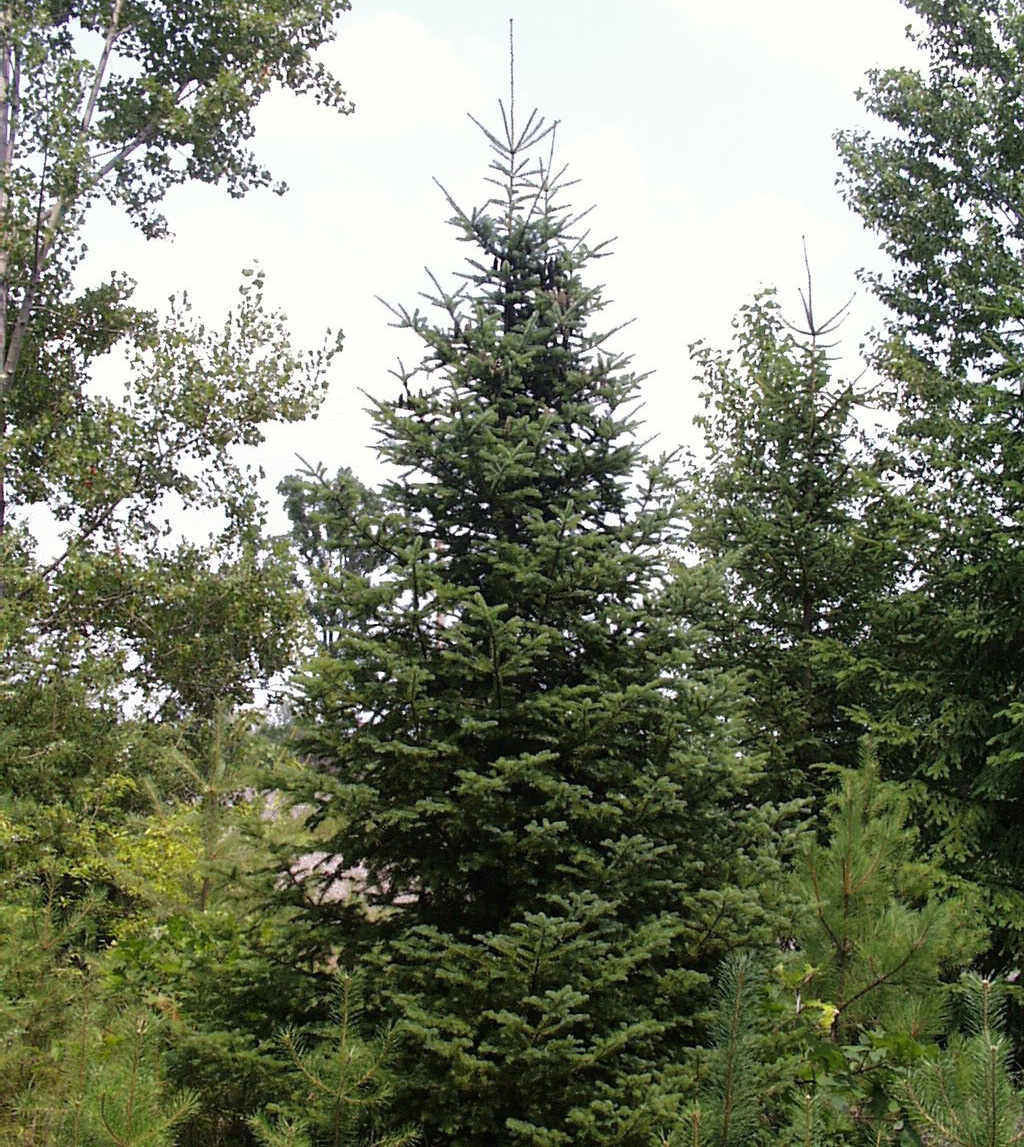Tree Tips for the Holidays
Posted in Horticulture on December 9 2014, by Sonia Uyterhoeven
Sonia Uyterhoeven is NYBG‘s Gardener for Public Education.

As the holiday season descends on us, it’s time for gardeners to spruce up their home in preparation for the seasonal festivities. I love the smell of pine in my home and I always try to create an evergreen holiday centerpiece for my table. The addition of a Balsam fir adds a lovely fragrance to my living room.
As a New Yorker, I am bombarded by Christmas tree vendors when I walk down the streets around this time of year. Having moved several times in my 10-year tenure in the city, I’ve discovered that Christmas trees are like Rainer cherries. Their price changes as you walk from east to west, and they drop the further north you walk. I have vivid memories of living on the east side and walking from 2nd Avenue to Madison during cherry season, watching the price rise from $4.99 a pound to $13.99—all within a four-block radius.
Now a Westsider, I buy my trees anywhere from West 106th to West 118th. Last year, I bought an eight-footer for a wonderful price. The tree took a ride on the M10 thanks to a generous driver who understood that my eyes were bigger than my arms. This year I am torn between the good prices I see at my local Whole Foods and the deals that I see on West 106th. It all depends on how far I want to lug the tree.
The most common Christmas tree that you’ll find is the Balsam fir (Abies balsamea). It’s fragrant with good needle retention and makes an excellent cut tree for your living room. It is also one of the cheapest varieties you will find this season.
The Frasier fir (Abies fraseri) comes in a close second in terms of popularity. It is slightly more expensive, although I notice that the prices this year are competitive with the Balsam. It also has good needle retention and will be welcome in your home. While Balsams grow in cold northern climes, the Frasier fir—with its blue-green cast—is from southern regions in the Alleghany mountain area.
Firs do well in the home environment. Pines also do well, but their branches are flimsier and generally not suited for heavy Christmas decorations. While people also purchase blue spruce as their Christmas trees, they are notorious for dropping their needles indoors and the needles are sharp.

by mindfrieze on Flickr, via Wikimedia Commons
Cutting off the end of your tree’s trunk helps with water absorption and will ensure that your tree lasts for a long time. You will also notice that your conifer will drink a lot of water once it is cut, then slow down over time. Make sure to keep an eye on the water level throughout the tree’s stay in your home.
In preparation for the arrival of your tree, measure the area where the tree will live. The tree should be one foot shorter than the height of your ceiling to compensate for the height of the stand. Buy your tree early, before it dries out on the open lot. Try bending its needles—they should be flexible, not brittle. Finally, once you get the tree home, keep it in a cool part of the room away from heat sources. All that’s left is to decorate, check the water occasionally, and enjoy the sight and scent.

